Material Science and Engineering
Solar gains stack up
Clever contacts enhance perovskite/silicon tandem solar-cell performance.
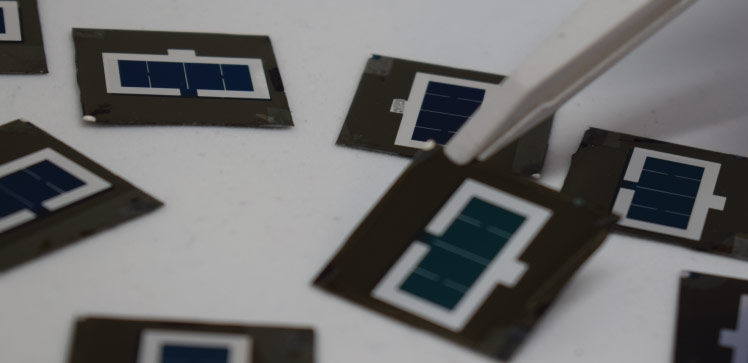
Flipping the structure of perovskite/silicon tandem solar cells can lead to dramatic gains in solar-cell performance, KAUST scientists have discovered. To enable the flipped cells’ high power-conversion efficiency, the team developed new materials to extract an electrical charge from the silicon side while maximizing the amount of incoming light reaching the perovskite layer. The development opens multiple new avenues for further gains in tandem cell performance.
Tandem solar cells, which combine two light-harvesting materials in one device, potentially generate significantly more electricity than a conventional single-junction silicon solar cell for a small additional cost. “Silicon-based tandem solar cells have been identified as the ultimate long-term technology to further enhance solar panel power conversion efficiencies,” says electrical engineer Stefaan De Wolf, who led the study. “We, therefore, focus on this technology.”
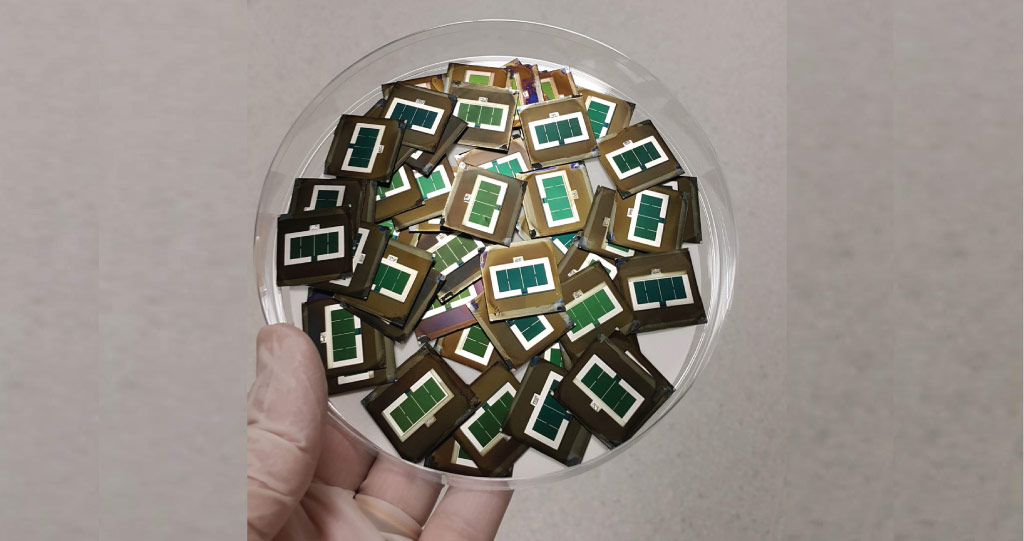
The team’s improved tandem device achieved a power-conversion efficiency over five percent higher than the previous best tandem cell.
© 2021 KAUST.
When semiconductors such as silicon and perovskites absorb light, electrons are collected at “n-type contacts” on one side of the material, and positively charged holes are collected at “p-type contacts” on the opposite side, explains Erkan Aydin, a research scientist in De Wolf’s group. In single-junction thin-film perovskite solar cells, the p-side usually faces uppermost, an arrangement known as the n-i-p structure. These cells recently exceeded efficiencies of 25 percent. “However, perovskite/silicon tandem solar cells are usually in opposite p-i-n polarity,” Aydin says.
Inspired by recent gains in n-i-p single-junction perovskite solar-cell performance, De Wolf, Aydin, and their colleagues revisited n-i-p tandem cells in a bid to overcome the limitations that had previously hampered tandem solar cells with this structure. The key hurdles had been the lack of an efficient n-side contact material for efficient charge extraction and a sufficiently transparent p-side contact material to maximize the incoming sunlight reaching the light-harvesting layers in the device.
The team applied a transparent contact material, called spiro-TTB, and improved the performance of the n-side layers of the device by developing a niobium oxide-based contact material that was chemical bridged to the perovskite layer. “Overall, we allowed more light to be captured in the n-i-p tandem solar cell, and we converted the absorbed sunlight to energy more effectively thanks to our newly developed contacting materials,” Aydin says. The team’s improved device achieved a power-conversion efficiency exceeding 27 percent, a significant improvement over the 21.8 percent efficiency of the previous best n-i-p tandem cell.
“Our agenda-setting results enable a new tandem device platform, from which we expect rapid progress to be achieved in the field of perovskite/silicon tandems in the n-i-p configuration,” De Wolf says.
References
-
Aydin, E., Liu, J., Ugur, E., Azmi, R., Harrison, G.T., Hou, Y., Chen, B., Zhumagali, S., De Bastiani, M., Wang, M., Raja, W., Allen, T.G., Rehman, A.U., Subbiah, A., Babics, M., Babayigit, A., Isikgor, F., Wang, K., Van Kerschaver, E., Tsetseris, L., Sargent, E.H., Laquai F. & De Wolf, S. Ligand-bridged charge extraction and enhanced quantum efficiency enable efficient n-i-p perovskite/silicon tandem solar cells. Energy & Environmental Science 14, 4377-4390 (2021).| article
You might also like

Bioengineering
Smart patch detects allergies before symptoms strike

Applied Physics
Two-dimensional altermagnets could power waste heat recovery
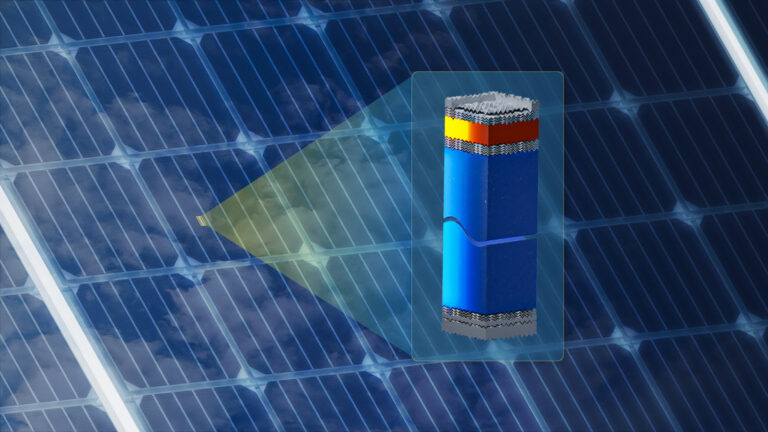
Applied Physics
Interface engineering unlocks efficient, stable solar cells
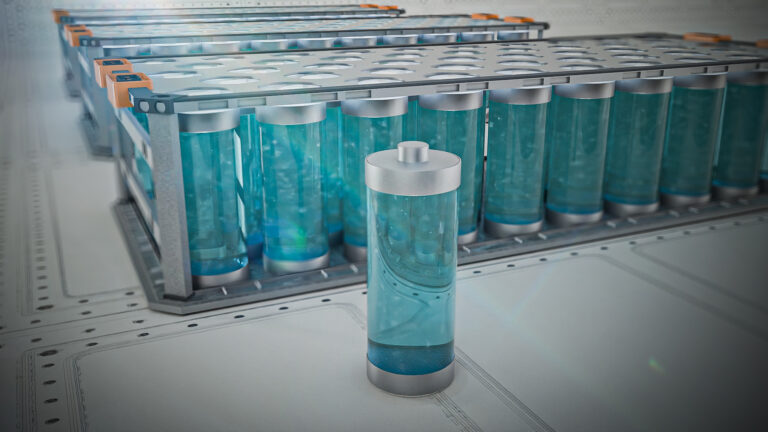
Applied Physics
The right salt supercharges battery lifespan

Applied Physics
Light-powered ‘smart vision’ memories take a leap forward

Applied Physics
Natural polymer boosts solar cells
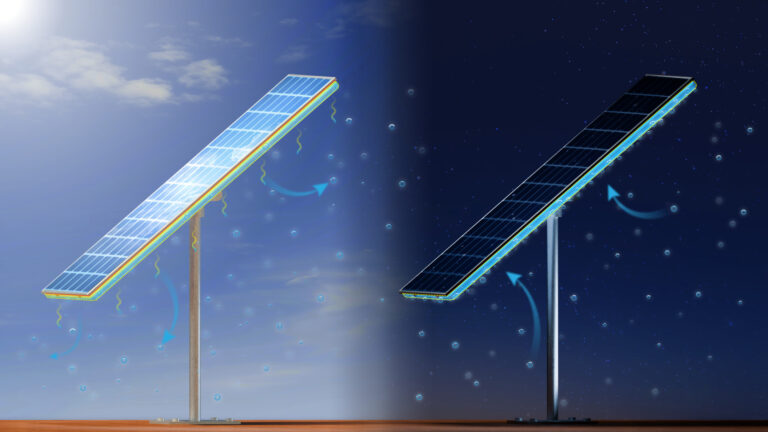
Material Science and Engineering
Hydrogels keep solar panels cool, efficient, and durable
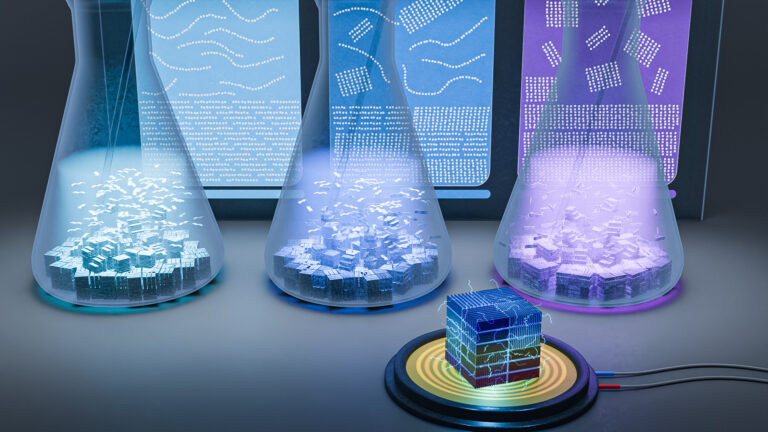
Material Science and Engineering




